 Also available in
Also available in the
facts seriesLung Cancer: thefacts
THIRD EDITION
Falk and Williams
Psoriatic Arthritis: thefacts
Gladman and Chandran
Schizophrenia: thefacts
FOURTH EDITION
Glatt, Faraone and Tsuang
The Pill and other forms of hormonal contraception: thefacts
SEVENTH EDITION
Guillebaud and MacGregor
Myotonic dystrophy: thefacts
SECOND EDITION
Harper
Alzheimers and other Dementias: thefacts
Hughes
Lupus: thefacts
SECOND EDITION
Isenberg and Manzi
Angina and Heart Attack: thefacts
Jevon
Ankylosing spondylitis: thefacts
Khan
Borderline Personality Disorder: thefacts
Krawitz and Jackson
Inflammatory Bowel Disease: thefacts
Langmead and Irving
Back Pain: thefacts
Lee, Brook, and Daniel
Stroke: thefacts
SECOND EDITION
Lindley
Alcoholism: thefacts
FOURTH EDITION
Manzardo, Goodwin, Campbell, Penick, and Gabrelli
Prostate cancer: thefacts
SECOND EDITION
Mason and Moffat
Diabetes: thefacts
Matthews, Meston, Dyson, Shaw, King, and Pal
How to be comfortable in your skin: thefacts
McPherson
Essential tremor: thefacts
Plumb and Bain
Osteoarthritis: thefacts
SECOND EDITION
Prieto-Alhambra, Arden, and Hunter
Huntingtons Disease: thefacts
THIRD EDITION
Quarrell
Panic disorder: thefacts
THIRD EDITION
Rachman and de Silva
Obsessive-compulsive disorder: thefacts
FOURTH EDITION
Rachman and de Silva
Post-traumatic Stress: thefacts
SECOND EDITION
Regel and Joseph
Tourette syndrome: thefacts
SECOND EDITION
Robertson and Cavanna
Breast Cancer: thefacts
SECOND EDITION
Saunders, Jassal, and Lim
Dyslexia and other learning difficulties: thefacts
THIRD EDITION
Selikowitz
Down Syndrome: thefacts
THIRD EDITION
Selikowitz
ADHD: thefacts
THIRD EDITION
Selikowitz
Sleep problems in Children and Adolescents: thefacts
Stores
Motor neuron disease: thefacts
Talbot and Marsden
Cystic fibrosis: thefacts
FOURTH EDITION
Thomson and Harris
Thyroid disease: thefacts
FOURTH EDITION
Vanderpump and Tunbridge
Depression: thefacts
SECOND EDITION
Wassermann
Cosmetic surgery: thefacts
Waterhouse

Great Clarendon Street, Oxford, OX2 6DP,
United Kingdom
Oxford University Press is a department of the University of Oxford. It furthers the Universitys objective of excellence in research, scholarship, and education by publishing worldwide. Oxford is a registered trade mark of Oxford University Press in the UK and in certain other countries
Oxford University Press 2021
The moral rights of the author have been asserted
First Edition published in 2004
Second Edition published in 2009
Third Edition published 2021
Impression: 1
All rights reserved. No part of this publication may be reproduced, stored in a retrieval system, or transmitted, in any form or by any means, without the prior permission in writing of Oxford University Press, or as expressly permitted by law, by licence or under terms agreed with the appropriate reprographics rights organization. Enquiries concerning reproduction outside the scope of the above should be sent to the Rights Department, Oxford University Press, at the address above
You must not circulate this work in any other form and you must impose this same condition on any acquirer
Published in the United States of America by Oxford University Press
198 Madison Avenue, New York, NY 10016, United States of America
British Library Cataloguing in Publication Data
Data available
Library of Congress Control Number: 2021935952
ISBN 9780198867371
eISBN 9780192637291
DOI: 10.1093/oso/9780198867371.001.0001
Oxford University Press makes no representation, express or implied, that the drug dosages in this book are correct. Readers must therefore always check the product information and clinical procedures with the most up-to-date published product information and data sheets provided by the manufacturers and the most recent codes of conduct and safety regulations. The authors and the publishers do not accept responsibility or legal liability for any errors in the text or for the misuse or misapplication of material in this work. Except where otherwise stated, drug dosages and recommendations are for the non-pregnant adult who is not breast-feeding
Links to third party websites are provided by Oxford in good faith and for information only. Oxford disclaims any responsibility for the materials contained in any third party website referenced in this work.
Preface to third edition
Twelve years have passed since the second edition of this book was published; years that have seen many positive changes in the recognition, acceptance, management, and understanding of attention-deficit/hyperactivity disorder (ADHD).
One significant change has been the greater recognition of ADHD in adulthood. This has meant that children with ADHD are now able to continue receiving treatment for their condition, if required, after they have reached adulthood. It has also meant that many adults whose ADHD was not diagnosed when they were younger are now, for the first time, able to understand the nature of the disorder that has caused their lifelong difficulties, and to benefit from having it appropriately treated.
Another positive development has been that many governments in Western countries have accepted that ADHD is a bona fide medical condition and now subsidize the medications used to treat the condition and provide funding to support individuals with ADHD during their school and tertiary education.
Yet another improvement is that the media are now less likely to publish negative articles or to produce negative TV programmes casting doubt on the existence of ADHD, or the treatment of the condition with medication. Articles and programmes on ADHD now generally relate success stories about children and adults with ADHD who have benefited from the correct diagnosis and treatment of their condition or, importantly, highlight unmet needs of children and adults with the condition.
On the medical front, several new medications have become available to treat ADHD. In addition, some of the older medications have been modified so that their effect lasts longer, thereby avoiding the need to take medication more than once daily. There has also been an enormous increase in research into ADHD. In 2019 alone, 2,364 research papers on ADHD were published in the scientific and biomedical literature.
The text in this third edition has been updated to reflect these and other new developments. It is gratifying that nothing in the preceding edition needed to be retracted. As before, the book reflects a conservative and balanced approach based on my long experience of treating many children and adults with ADHDan approach that has stood the test of time.

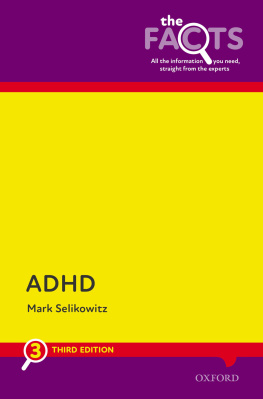
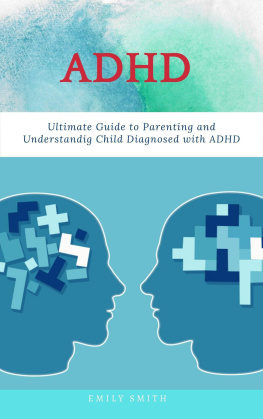

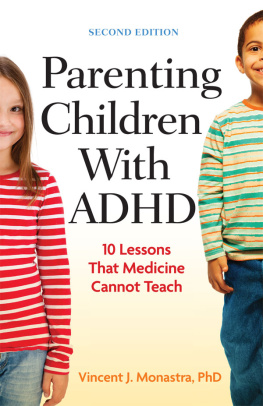

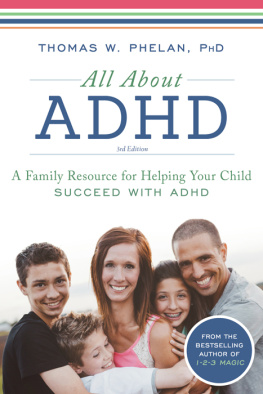
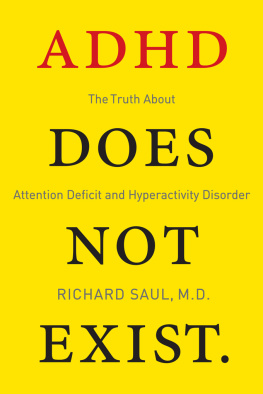
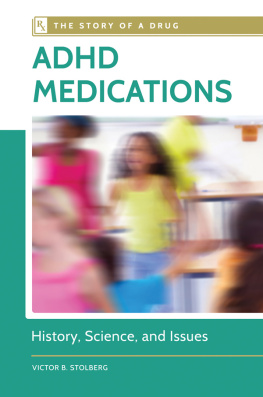



 Also available in thefacts series
Also available in thefacts series